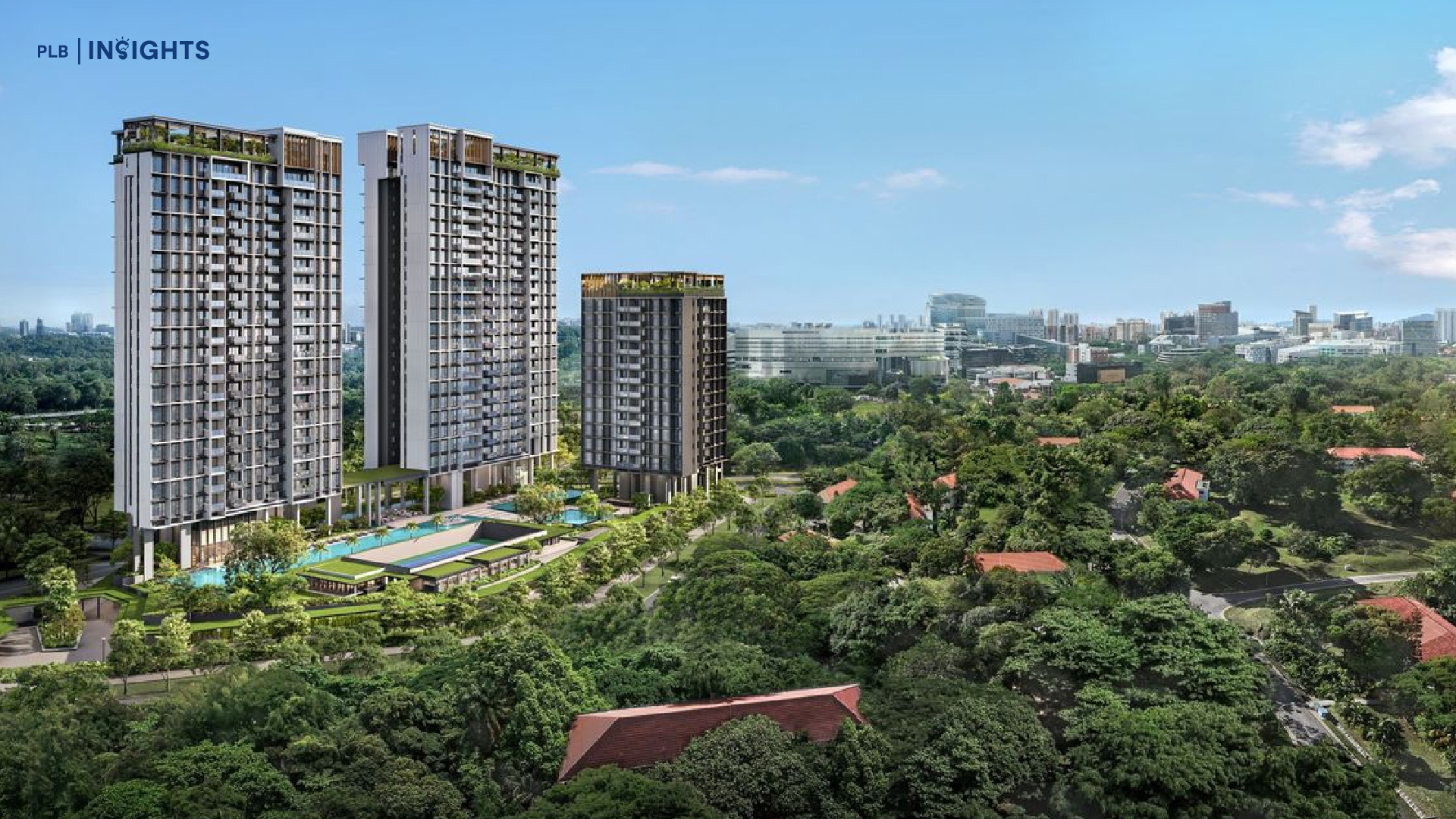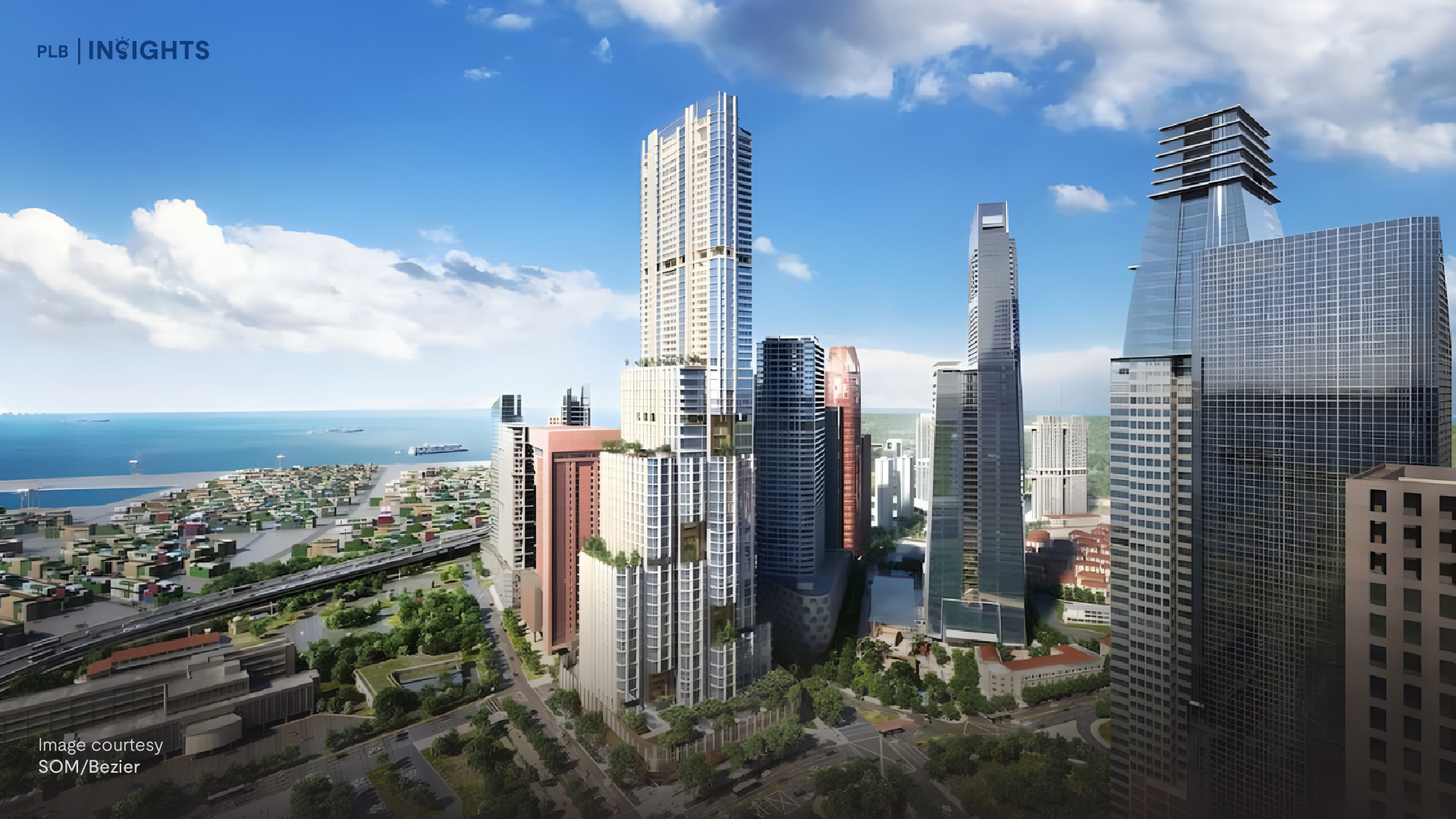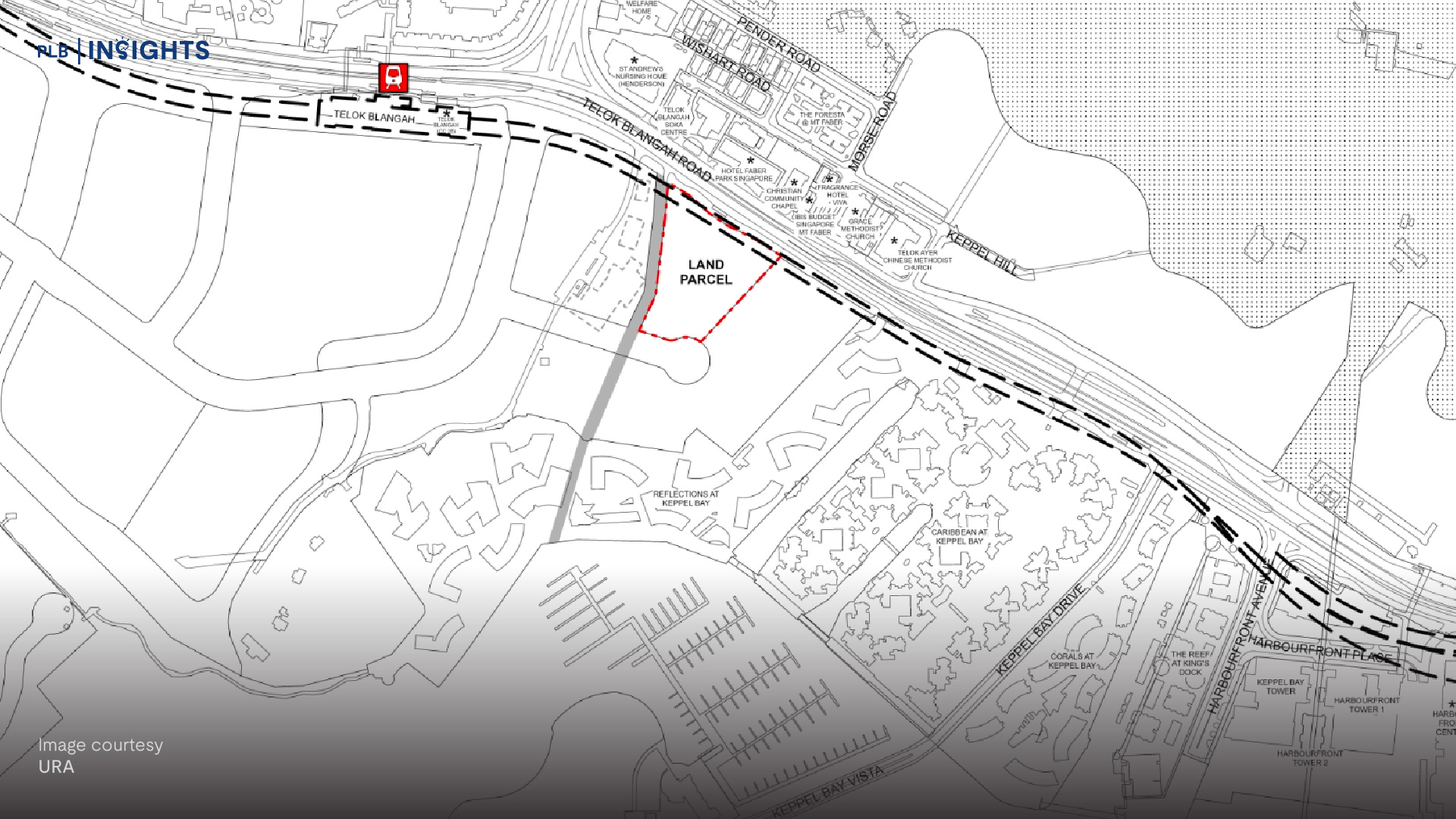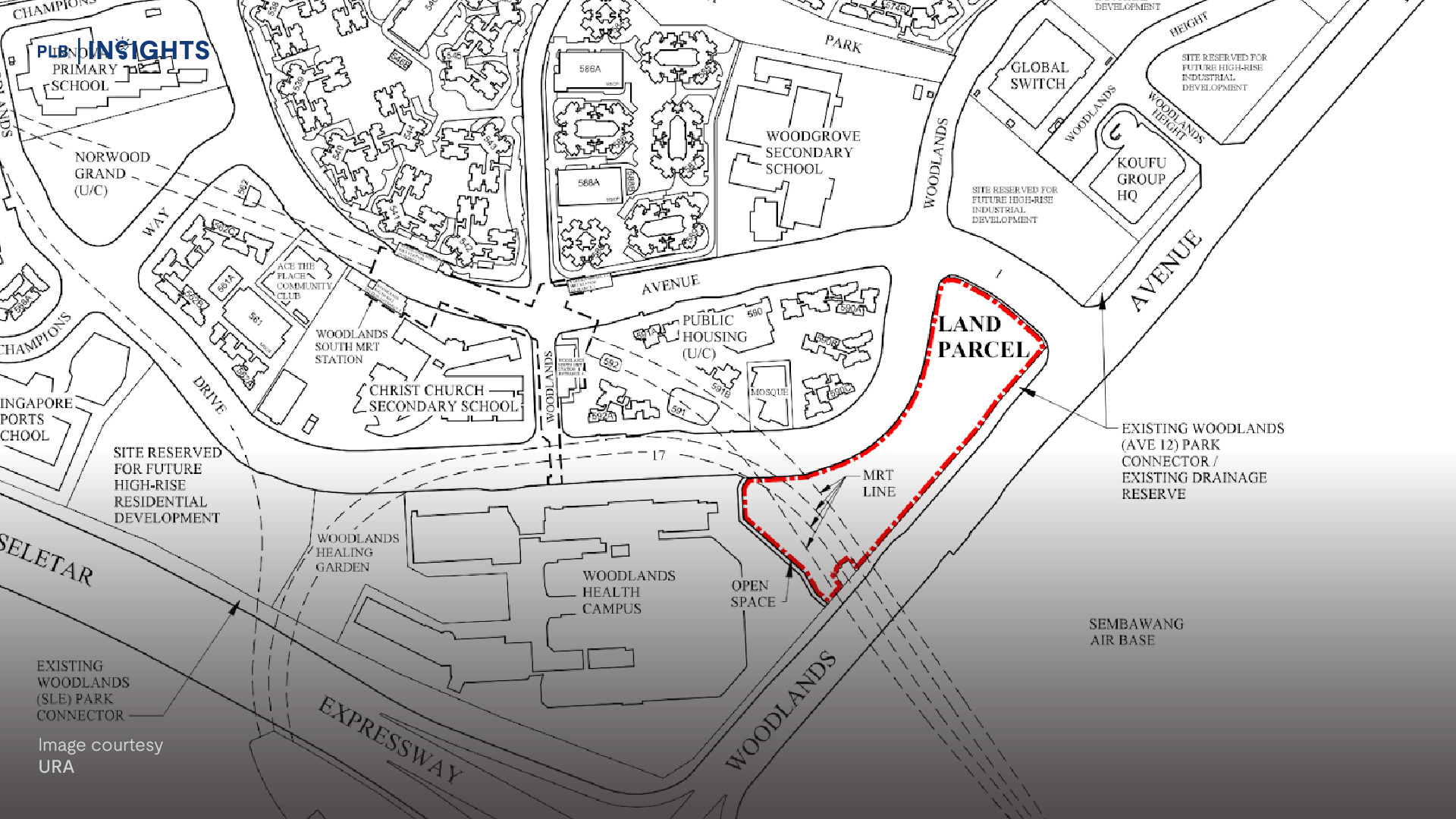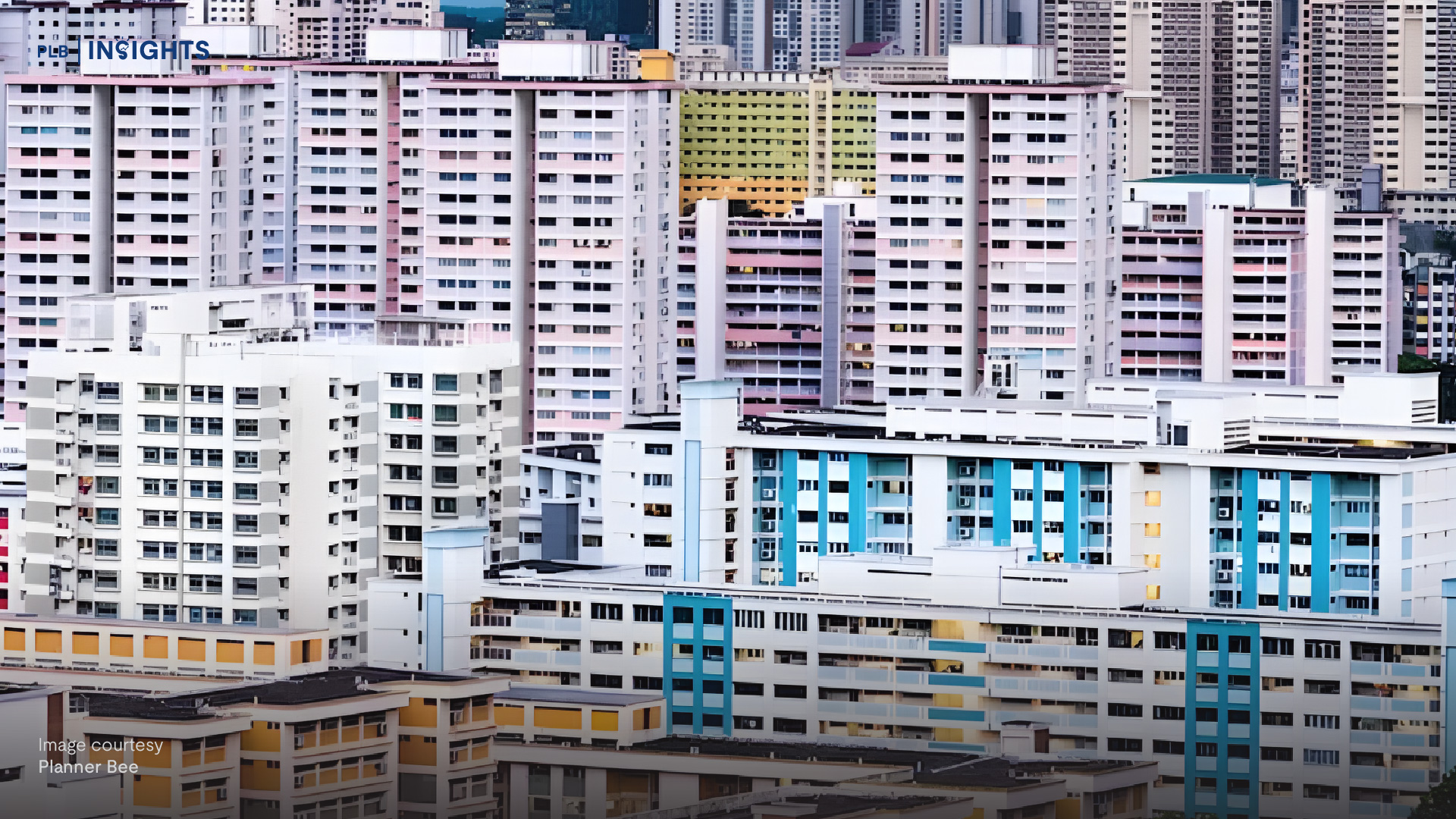
In recent years, new launches have seen developers favouring 1- and 2-bedroom units, with overall unit sizes shrinking across all configurations. This shift is driven by rising development costs, as developers aim to balance profitability with affordability. While larger homes offer slightly lower PSF prices, their higher overall quantum due to size makes them less accessible. As a result, smaller 1- and 2-bedroom units have become increasingly popular among buyers, offering a more affordable entry point into the private market. For example, in the very recent launch of 8@BT on 21 September 2024, 83 units (52.5%) of its 158 units were sold on launch day, with 91% of its 1-bedroom units and 60% of its 2-bedroom units snapped up.
However, this trend may be in conflict with the government’s goal of increasing the local resident population to sustain a vibrant economy. With Singapore potentially becoming a ‘super-aged’ society, policy shifts may be necessary to support long-term economic resilience. Additionally, as younger generations tend to marry later, could this prompt policies encouraging larger families?
In this article, we will explore the demand for larger homes in both the public and private sectors and discuss the real estate market outlook in light of the government’s push for a larger local population.
Government Support Schemes to Boost Family Housing Accessibility

To support families, the government has implemented several measures to help achieve this goal. In public housing, schemes like the Family and Parenthood Priority Scheme (FPPS) and Third Child Priority Scheme (TCPS) offer eligible families extra chances in the ballot for Built-To-Order (BTO) or Sales of Balance Flats (SBF), making it easier for young Singaporeans to secure a home. Additionally, the Parenthood Provisional Housing Scheme (PPHS) provides couples and families waiting for the completion of their BTO flats the option to rent an interim flat from HDB at lower rates than the open market, with priority given to expectant couples and families with children under the age of 18.
To further assist families, the 2024 Budget announced by then Deputy Prime Minister and now Prime Minister Lawrence Wong introduced a $300 monthly voucher for PPHS-eligible families renting HDB flats on the open market. This financial aid is provided on a reimbursement basis, helping ease the rental burden for those awaiting their new homes.
Additionally, buyers of resale HDB flats may qualify for the Proximity Housing Grant (PHG) if they purchase a flat to live with, or within 4 km of, their parents or children. This grant not only supports family living arrangements but also offers the practical benefit of having help with childcare, making it easier for parents to manage work and family life.
Despite the various support measures, many still feel that family-building assistance remains insufficient. The demand for larger 5-room HDB flats has surged in recent years, with a record number of resale flats selling for at least $1 million. Although the reduction of the Loan-To-Value (LTV) ratio from 80% to 75% for HDB loans is in part intended to curb rising resale HDB prices, many argue that the impact will be minimal, leaving families struggling to afford a larger home that meets their needs.
Even for Executive Condominiums (ECs), not to mention fully private non-landed residences, current price trends have placed them out of reach for many Singaporean families. And while 3-bedroom EC units are common in developments to cater to families, larger 4- and 5-bedroom units remain limited—an issue mirrored in private condominiums.
In the private property market, prices per square foot (PSF) for resale units have been steadily rising, bringing them closer to the prices of new launches. This is partly due to families shifting towards the resale market for larger units, given the high prices of new launches. Consequently, increased demand for larger resale units has driven up prices across all configurations, creating a cycle where large families find themselves increasingly priced out of upgrading to a private residence.
Demand Dynamics For Larger Non-Landed Private Residence

In the aftermath of the pandemic, demand for larger non-landed private residences has undergone significant shifts, driven by changing buyer preferences. During the pandemic, many assumed that the trend would lean heavily towards larger units, particularly due to the increase in remote work and the need for more space. However, resale data shows a more nuanced picture.
While demand for larger units (1,001 to 2,000 sq ft) remains strong, their share of the total resale volume has decreased slightly, from 55.3% in 2020 to 46.8% in recent years. Nevertheless, these larger units still account for the bulk of resale transactions. This demand is largely fuelled by families seeking more space, yet affordability remains a significant challenge, especially with rising PSF prices. For instance, the average PSF price for larger resale units has seen an increase of over 26% between 2020 and 2024.
At the same time, smaller units (500-1,000 sq ft) have gained ground in the resale market, driven by affordability concerns. Despite this, government guidelines are being implemented to encourage developers to build larger units. The Urban Redevelopment Authority (URA) now requires that 20% of new non-landed residential developments in the Central Area consist of units at least 753 sq ft, aiming to cater to families and ease the dominance of smaller configurations.
Why Policy Shifts Are Essential for Larger Family Homes in Singapore

To better support larger families, policy adjustments in Singapore’s private residential market could be crucial. While the URA’s current rules stipulate a minimum livable space for units, they still fall short in meeting the space requirements of larger households that need more room.
To ensure a better supply of larger units, additional measures could be considered. For instance, revising the percentage of larger units in both Central and non-Central areas to 30% or more would ensure that a higher proportion of developments cater to families needing three or more bedrooms. The government could also introduce incentives for developers to build more 4- and 5-bedroom units, either by offering tax breaks or providing higher development quotas for projects that prioritise larger homes.
In addition, a re-evaluation of financing schemes to make larger units more accessible could help families afford these properties. Higher Loan-To-Value (LTV) ratios or grants aimed specifically at larger families could ease the financial burden of purchasing larger units, particularly given the sharp rise in property prices. Without these policy changes, families may continue to find it difficult to upgrade to larger homes in both the private and public sectors.
Will Larger Units Disappear? The Impact of Development Costs and Buyer Trends

The demand for larger private residences has remained relatively strong, but affordability continues to be a significant challenge. Rising PSF prices have brought resale unit prices closer to new launches, making larger homes less accessible for many families.
While larger units still represent a significant portion of resale transactions, their share has been gradually shrinking as the market shifts towards smaller, more affordable units.
Looking forward, the combination of high development costs and shifting buyer preferences may mean that larger units could become even scarcer in the private residential market. Developers are likely to continue prioritising smaller, more profitable units to balance rising land and construction costs. However, government intervention and incentives could counteract this trend by encouraging the construction of larger units, particularly in new developments outside the Central Area.
In the long term, if the demand for larger homes continues to grow, driven by evolving family dynamics, prices for these units could see further upward pressure. Without effective policy adjustments, the gap between supply and demand for larger units may widen, making it even more challenging for families to find suitable homes that meet their needs. Nonetheless, we trust that the government will continue to introduce further measures to encourage family-building, as seen with the various housing policies implemented over the years that have helped keep the local real estate market resilient.
In Summary
While demand for larger non-landed private homes remains strong, rising prices and shrinking availability make these homes less accessible for many families. Developers are prioritising smaller units to manage costs, further limiting the supply of larger homes. To address this, policy adjustments are essential. Increasing the proportion of larger units in new developments and offering incentives to developers could help, as would revisiting financing schemes to make these homes more affordable.
Ultimately, proactive government intervention will be crucial in ensuring larger homes remain accessible, supporting family-building and maintaining a resilient real estate market. We trust that the government will continue to implement measures to meet the evolving needs of Singaporean families, as it has done in the past.
Looking for guidance on navigating the evolving real estate market? Reach out to us here today. Our expert consultants are here to help you explore the best options for finding the ideal home that meets your family’s needs.

